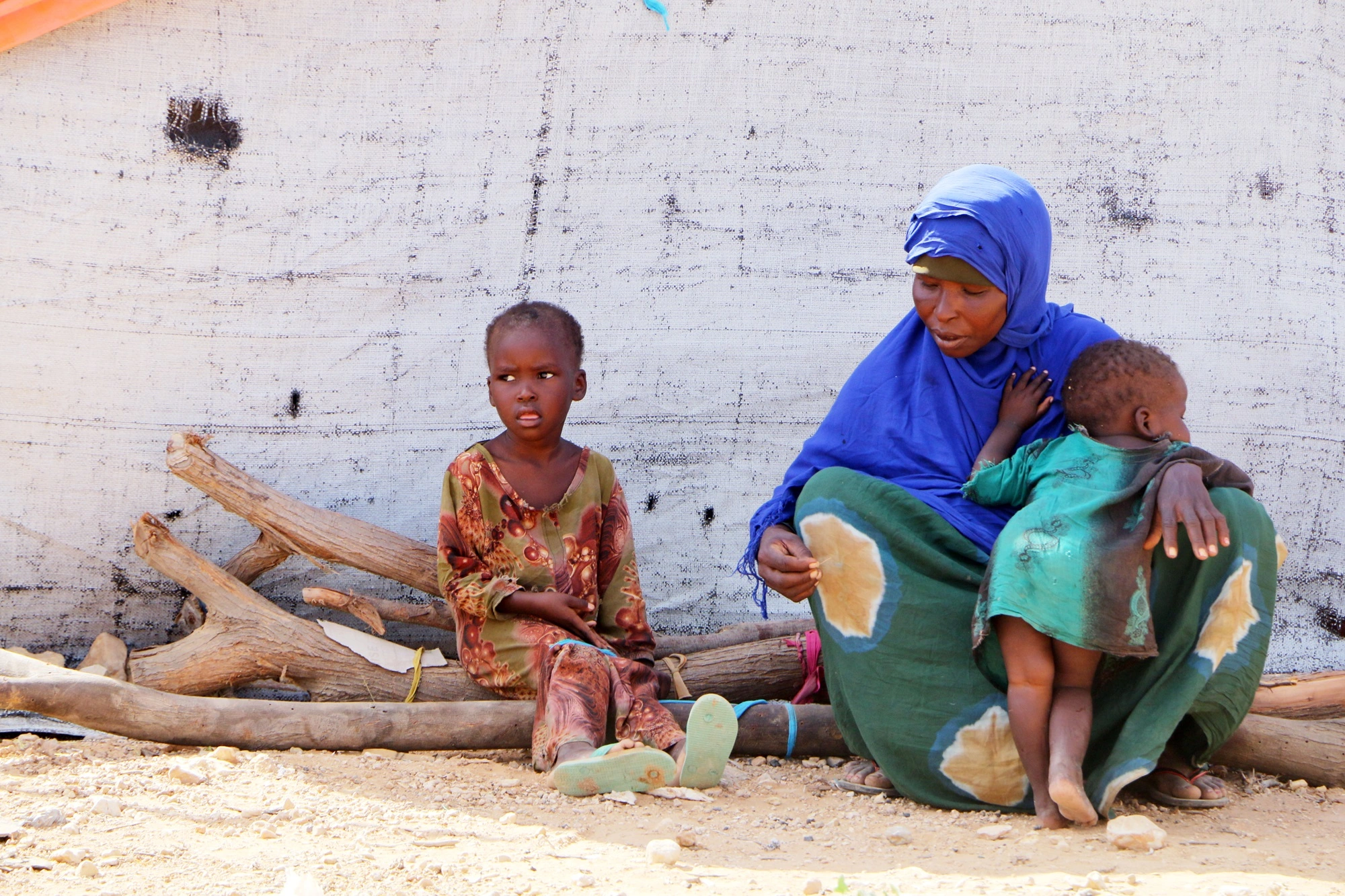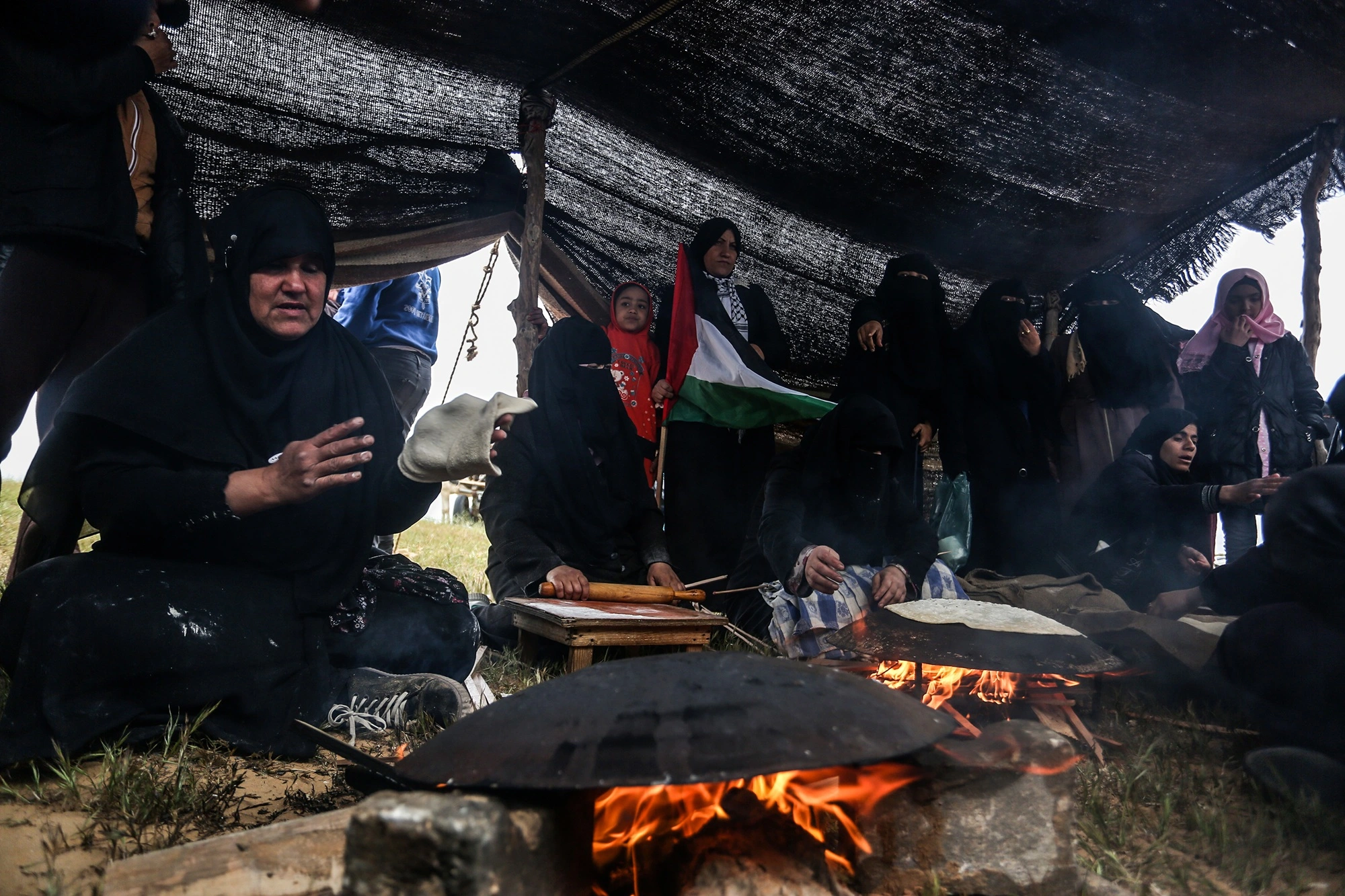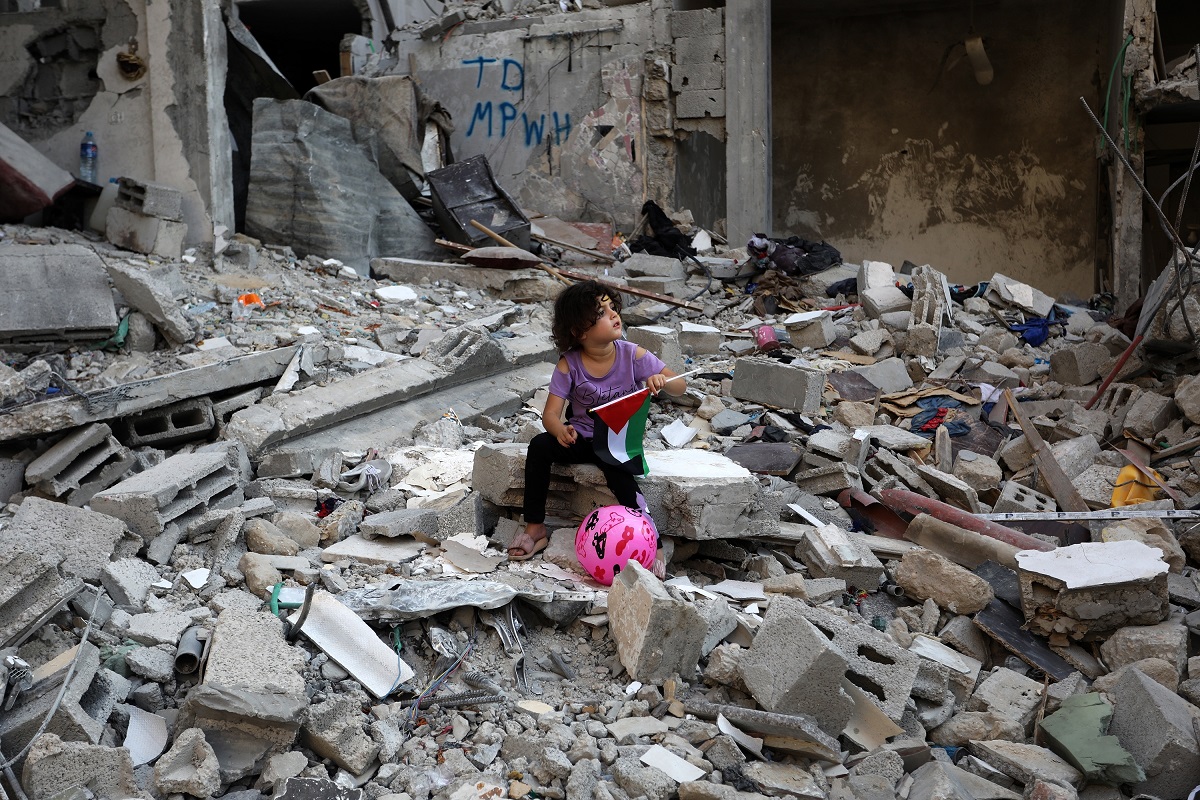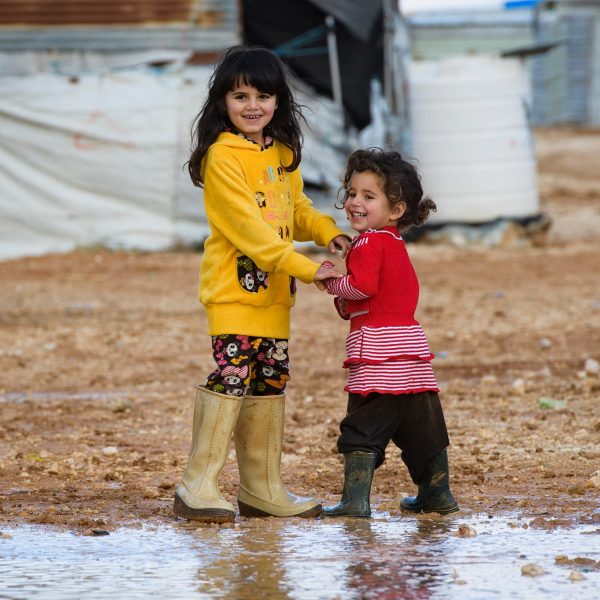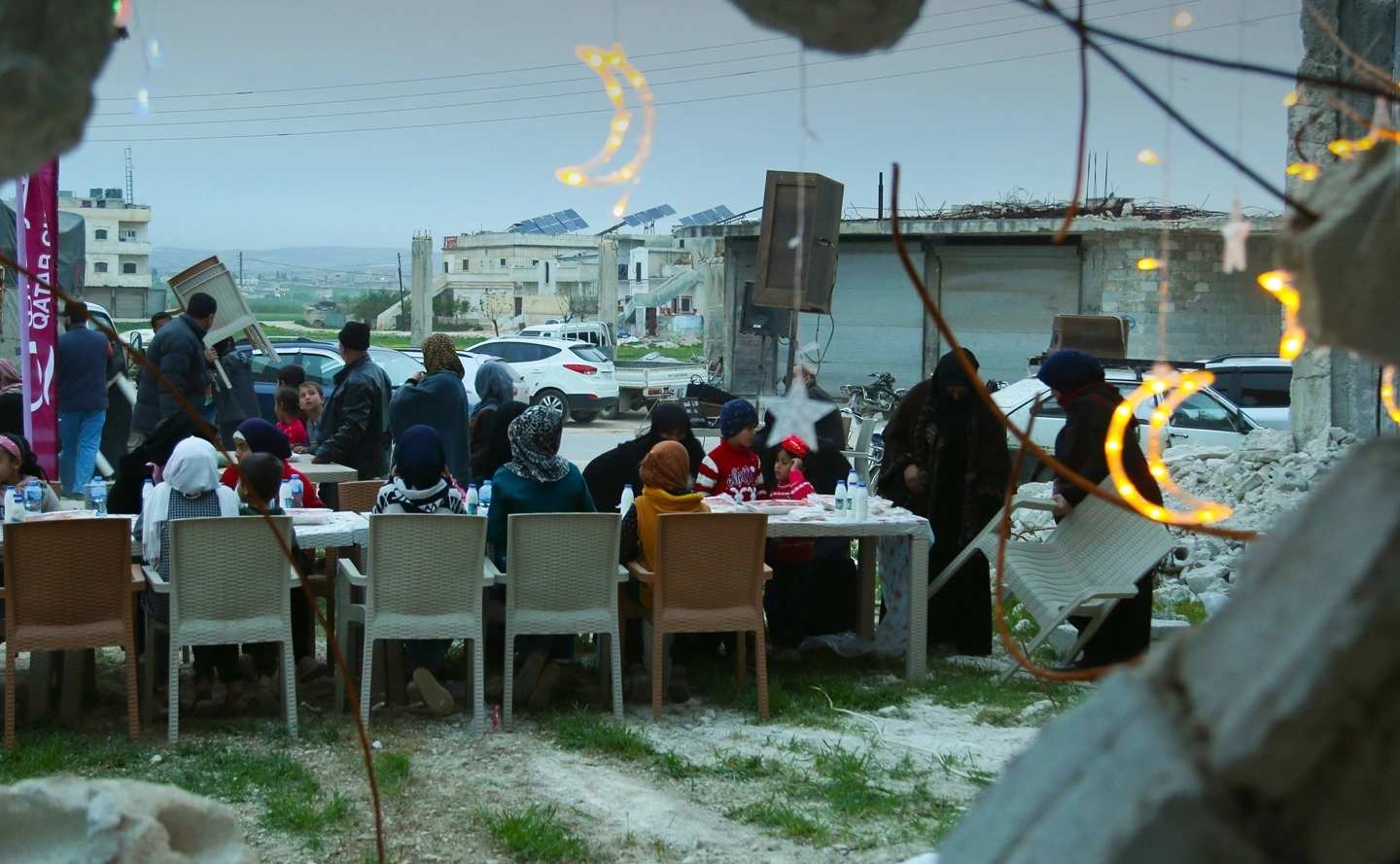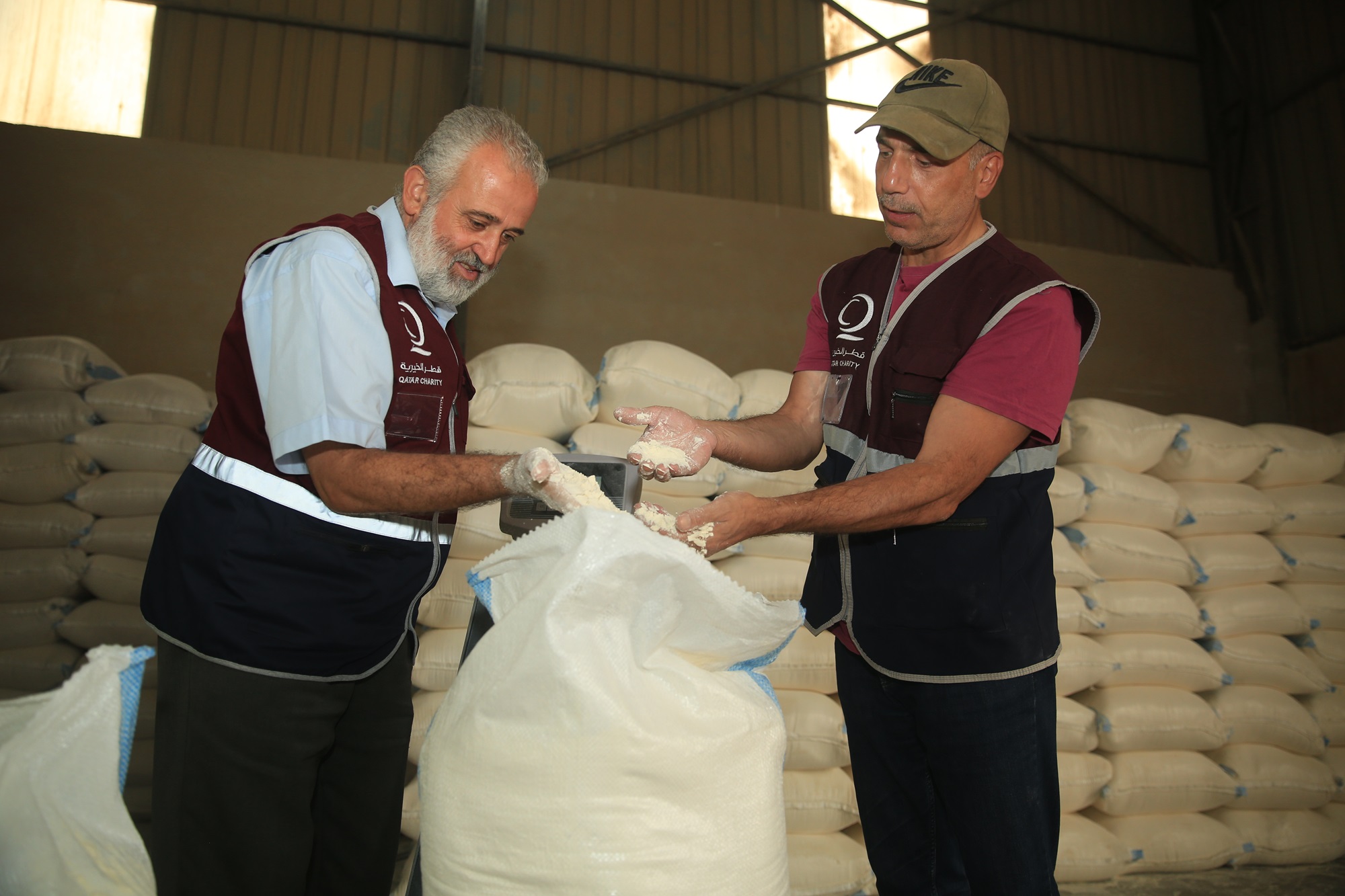The 2023 International Day for Disaster Risk Reduction under the theme “Fighting Inequality for A Resilient Future” addresses the connection between disasters and inequality. Unequal access to services leaves the most vulnerable exposed to the danger of disasters; while the effects of disasters exacerbate inequalities and push the most at risk further into poverty.
Table Of Contents
In this regard, Qatar Charity continues its efforts to enhance the effectiveness of its interventions to lessen the effects of calamities. It works according to a clear strategy to help those affected by disasters around the world, fighting inequality. People often know the campaigns launched by Qatar Charity to assist those impacted by natural disasters such as earthquakes and floods and follow the news of aid provided to the victims. However, they are rarely aware of what goes on behind the scenes of these interventions and the tremendous work carried out by humanitarian workers of this organization to ensure that aid reaches its recipients in a timely manner.
Role of the Emergency and Relief Department
To know the internal operations of Qatar Charity, we met with Mr. Khalid Abdulla Alyafei, Director of the Emergency and Relief Department at Qatar Charity, to learn more about how relief operations are supervised and monitored on the ground by Qatar Charity’s headquarters.
Let’s start by discussing the procedures that take place within your department immediately following a natural disaster in one of the countries.
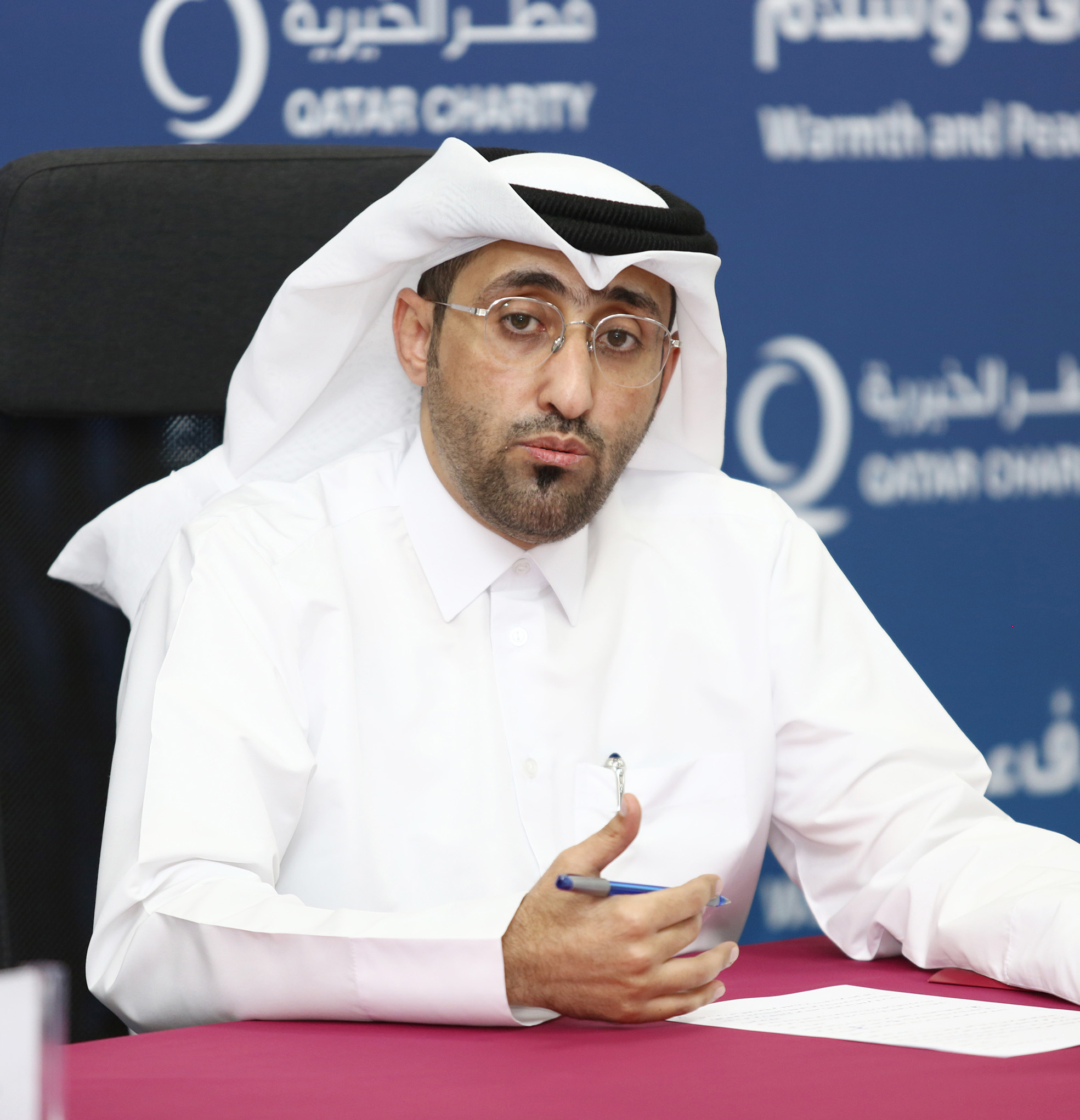
From the very first hours following a natural disaster such as earthquakes and floods, we immediately communicate with our field office. We then activate the crisis cell from the early hours of the disaster.
As the primary responsibility of the Emergency and Relief Department is disaster monitoring and preparedness and providing life-saving humanitarian emergency response, the department is divided into two sections: the Monitoring and Preparedness Section and the Urgent Humanitarian Projects Section.
When disasters occur, we activate the crisis management cell, and meetings are held around the clock. We establish an operations room and ensure the safety of our field teams and the office’s capacity to execute immediate life-saving responses. Then, we study and approve emergency response projects for disaster-affected people based on information obtained from official sources.
We begin to issue regular reports on the disaster and its impact on the population within its geographic scope, and assess the urgent humanitarian needs. Afterward, we coordinate with the marketing department to launch fundraising campaigns, aiming to gather the necessary financial resources for implementing urgent humanitarian interventions. Donations can be made through collectors available in commercial centers and Qatar Charity’s website and app.
In the meantime, we work on providing support to the field office and partners by sending field teams from the headquarters in Doha. We also collaborate with government agencies and humanitarian organizations to execute the response efforts.
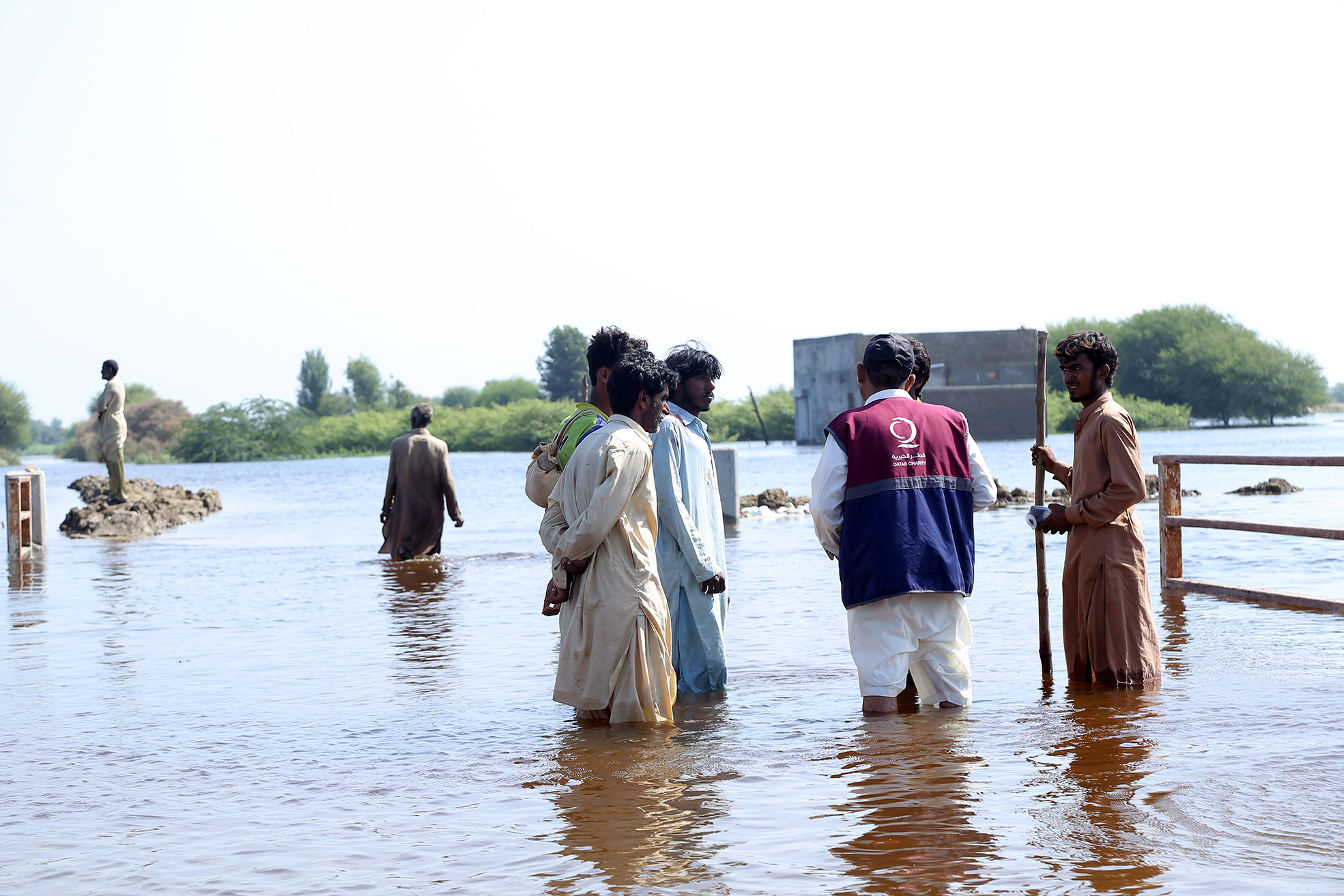
We also coordinate with the Regulatory Authority for Charitable Activities (RACA), Qatar Fund for Development (QFFD), and the Ministry of Foreign Affairs to ensure the effective and efficient coordination of Qatari humanitarian assistance.
Determining Needs
How do you determine the quality and quantity of aid as emergency relief through your field offices?
Field teams are deployed to the disaster area, where they assess urgent humanitarian needs. Subsequently, proposals for urgent humanitarian intervention projects are prepared based on the field assessment results. The field needs are then raised directly or in coordination with relevant government and non-government bodies to the Emergency and Relief Department at the headquarters. Based on this, the quantity and volume of assistance and the required funding are determined.
We, at the department, operate according to two strategies. The first strategy relies on the inventory available in the field offices’ warehouses, while the second strategy relies on approved suppliers in the countries to ensure a swift response to disaster-affected individuals. Coordination is often done with the Permanent Committee for Search and Rescue, Humanitarian Aid in disaster-affected in countries, as well as with QFFD to deliver aid through the Qatari airlift.
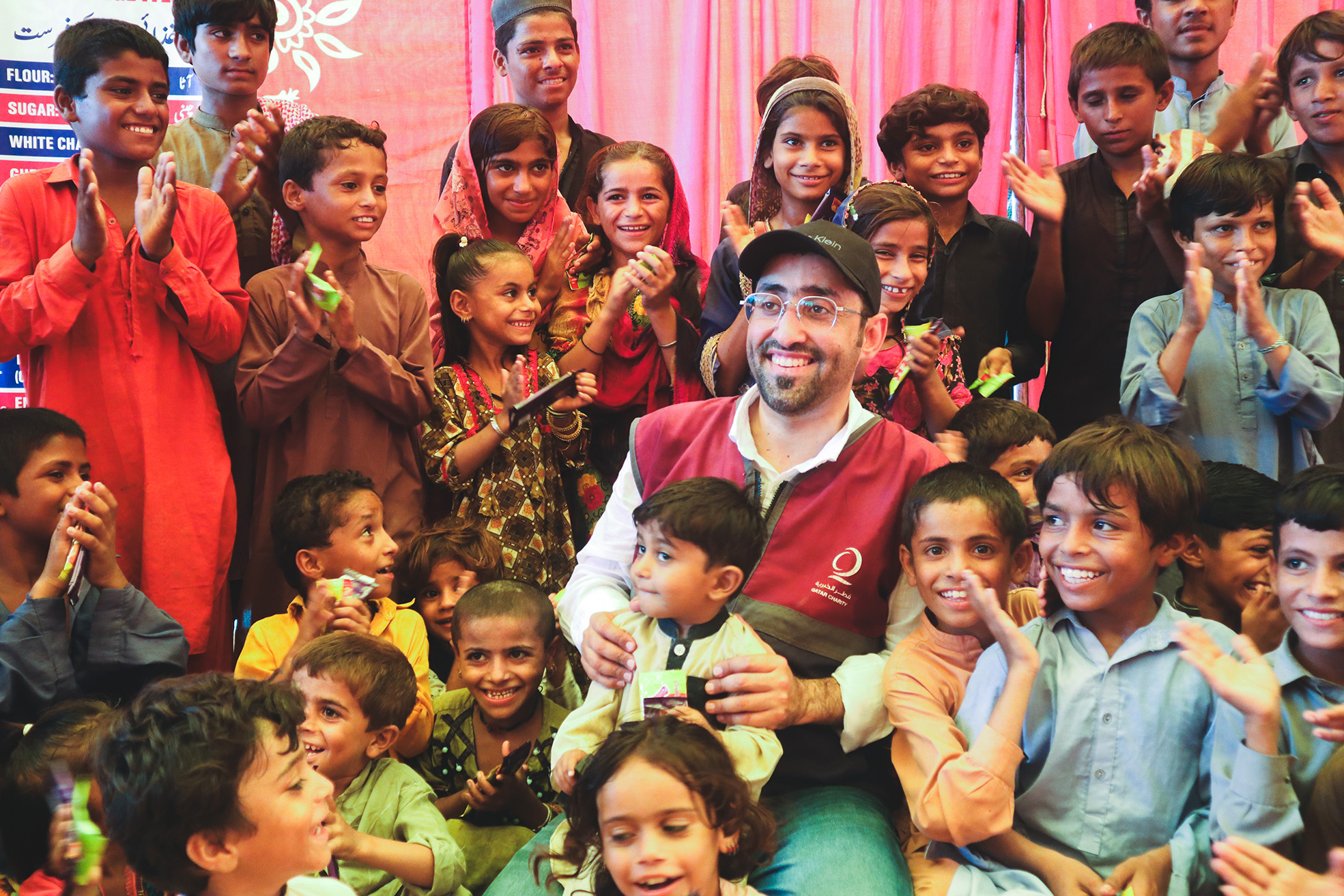
How is the response carried out if there is no Qatar Charity’s field office in disaster-affected areas?
We always strive to be present and provide life-saving humanitarian assistance to the populations affected by disasters and crises, even in countries where we do not have field offices. In such cases, we coordinate and work directly with partners, whether governmental or humanitarian organizations, to lend a helping hand immediately following the disaster.
Finally, what reports do you issue on disasters and crises to provide information?
The department’s Monitoring and Preparedness Section issues regular reports on every disaster by following up on credible official sources, like the websites of Office for the Coordination of Humanitarian Affairs (OCHA), the United Nations High Commissioner for Refugees (UNHCR), the International Organization for Migration (IOM), UNICEF, and the World Food Programme (WFP), as well as reports from countries where disasters and crises occur.
The regularly updated report contains general information on the disaster, the number of affected individuals, and the damage to the infrastructure of basic services such as health, education, water, and food security. It also includes an assessment of urgent humanitarian needs. The report provides a list of projects and humanitarian interventions carried out by the Emergency and Relief Department.


